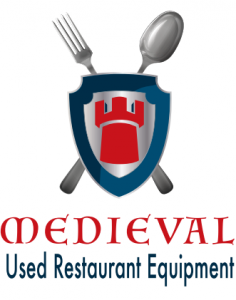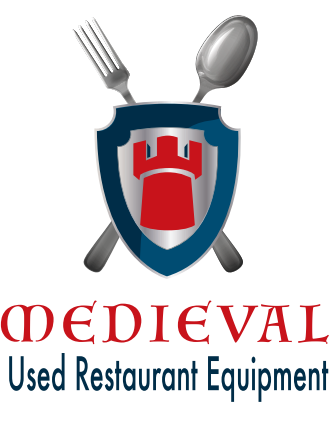Real Value of OEM Parts
Original equipment manufacturer (OEM) parts are perhaps, the best option for individuals or big business who need to make repairs. Unfortunately, given the unplanned nature of failure on important pieces of equipment (especially in commercial kitchens), managers and service companies often to take the quicker route of using generic parts for the repairs that need to be made. The real value of OEM parts not only increases the return of investment (ROI), but it also reduces liabilities and the chance of future failure of the equipment where is being installed.
The cost of OEM parts
OEM parts are not the cheapiest parts you can find. However, we can say you get what you pay for. Theres is an inherent pressure n owners and managers to see the reduction of their operational costs, so that pressure often leads to corners being cut. The first corner that gets cut is replacing broken parts with generics rather than OEM parts. Though going OEM can be a bit more expensive up front, it brings value to the table in terms of reducing liability and by alleviating future risk of failure. OEM parts are guaranteed and must go through quality control checks to ensure proper functionality.

The real ROI function

ROI is tipically the first thing people look at when they are determining how to proceed with business decisions. This happens especially when it comes to parts of equipment. Unfortunately many of them do not look back the initial price tag when determining what to buy. In the long run OEM parts are the better value and thus offer the better ROI. The initial price tag on those OEM parts, which are higher than most generics is often enough to turn people off from buying them. Those same people are running the risk of this future issues:
- System failures.
- Faulty parts.
- Performance loss.
- The potential of a negative impact on ancillary parts.


